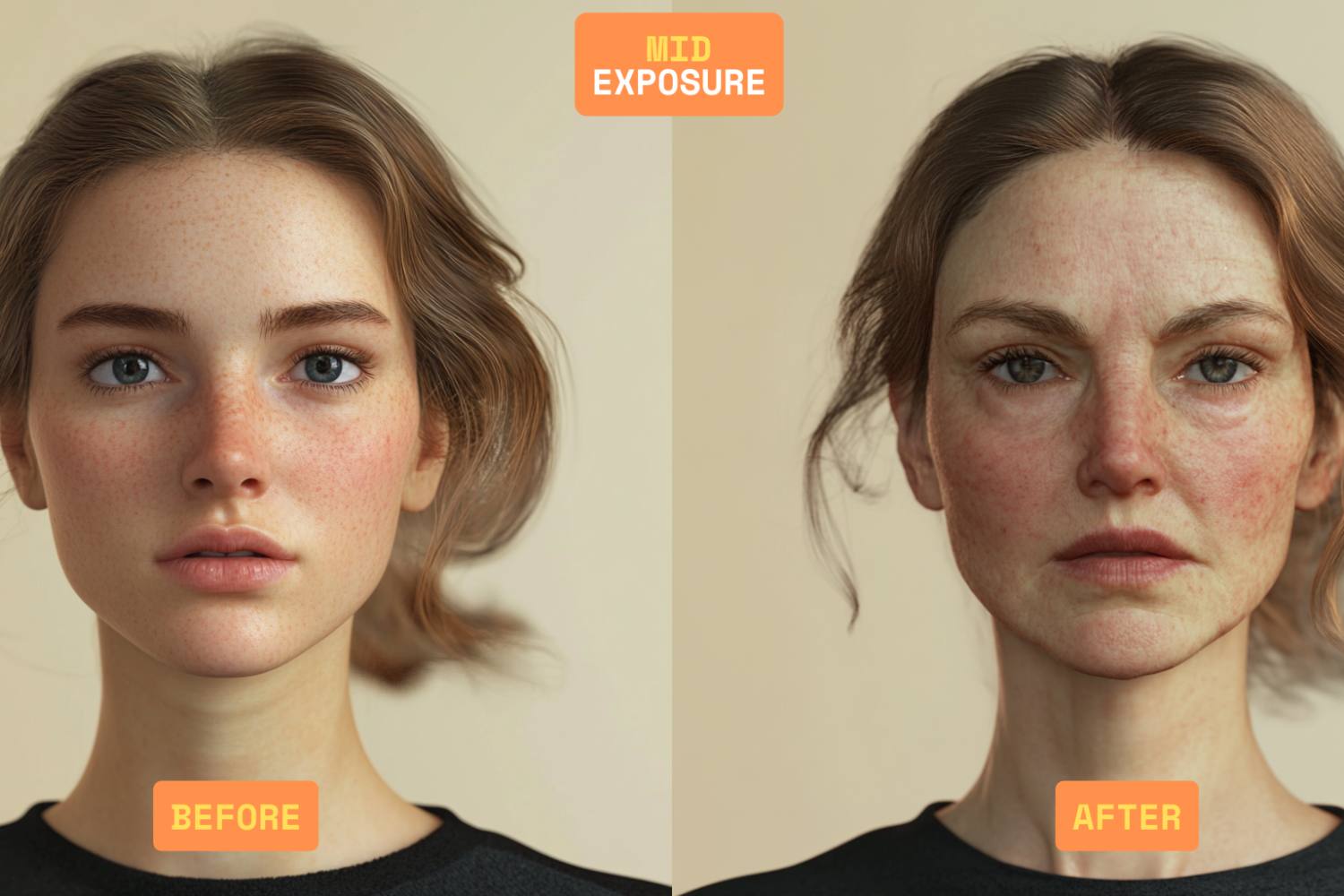The hidden impact of microplastics on the human body is enormous even if we cannot yet realize it. These images show us it depending on the exposure to these tiny particles

@Business Waste
Table of contents
Microplastics have become a constant presence in our daily environment, infiltrating air, water, soil, and even food. Invisible to the naked eye, these tiny particles—less than 0.2 inches (5 millimeters) in size—result from the degradation of plastic products or are intentionally produced for industrial use.
In recent years, scientists have started paying closer attention to their impact on the human body, and the results, though still preliminary, are increasingly alarming. These particles can enter the body through inhalation, ingestion, and skin contact.
Recent studies have detected traces of microplastics in the lungs, liver, intestines, and even the placenta, confirming their ability to penetrate deeper tissues. Research published between 2016 and 2024 has shown a 50% increase in their presence in the human brain, raising disturbing concerns about potential neurological effects.
To better understand the effects on the body based on the level of exposure, Business Waste, with the help of artificial intelligence, has created shocking images showing the evolution of the faces of two young adults—a man and a woman—exposed to various levels of microplastics.
Low exposure
The first image shows what happens with low exposure, typical of those living in urban environments. It can cause dry skin, mild inflammation, and digestive issues related to changes in the gut microbiota. The faces still appear youthful and healthy, but with a closer look, there are subtle signs of dryness and skin irritation. The lips are slightly chapped, and the area around the eyes is slightly reddened.
These details suggest mild but persistent discomfort caused by the daily accumulation of microplastics found in the air, water, and food. Internally, the damage could involve the gut microbiota and silent inflammation.
Moderate exposure
With moderate exposure—such as a diet rich in ultra-processed foods or frequent use of synthetic fabrics—signs of premature aging, eye irritation, mild respiratory problems, and hormonal imbalances begin to appear. The second image, indeed, shows a more pronounced change. Wrinkles are evident, the skin appears dull, red in some areas, with irritated eyes and slightly thinning hair.
The face conveys a sense of fatigue, almost as if the person had lived through difficult years. Here, artificial intelligence depicts the damage caused by oxidative stress, resulting from more intense exposure: polluted air, synthetic clothing, and frequent consumption of seafood and packaged foods.
High exposure
High exposure, typical of those working in contaminated environments or living in heavily polluted areas, could lead to chronic skin problems, abnormal skin coloration, hair loss, cognitive difficulties, and menstrual cycle disturbances. In these cases, the symptoms become more severe and persistent, suggesting a possible connection to cellular damage and systemic inflammation.
And in fact, the third image is the most dramatic. The faces appear decades older: the skin is visibly damaged, with lesions, discoloration, and a bluish tone on the lips and fingers, indicating severe respiratory issues. Hair is thinning or missing, and the gaze is vacant, as if the person were confused or frightened.
These images are not real, of course, but warnings. We can no longer ignore the silent invasion of microplastics into our bodies and ecosystems. Every fragment of plastic that ends up in the environment can return to us in invisible yet devastating forms. The real challenge today is to stop this trend before it becomes irreversible. Because if pollution changes us on the outside, imagine what it could do inside.
Source: Business Waste
